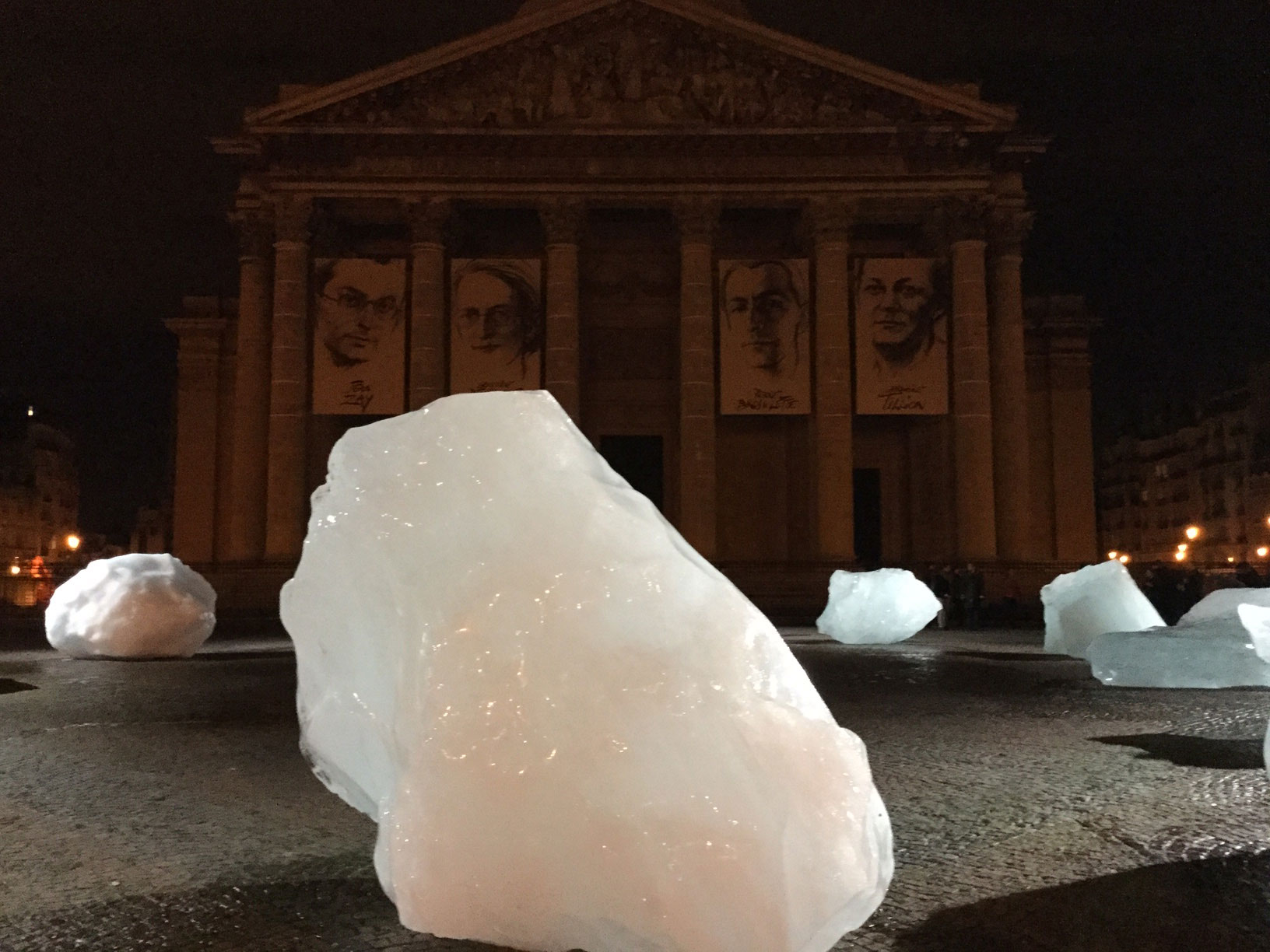Eco-design derives from life cycle analysis, which appeared in the 1970s. It is officially defined as: ‘integrating environmental characteristics into product design to improve its environmental performance throughout its life cycle’ (2009 European eco-design directive).
In other words, through eco-design, progress to significantly reduce environmental impacts can be identified and implemented in all human activities. Consumer product, building, travel, but also show, book, painting, gallery… it affects everything.
The strength of eco-design lies in its capacity to act throughout the life cycle of an object or service – from design to production, use and end-of-life. End-of-life? Not for an artwork ! But the objective is to suppress it from the industrial sector and ‘close the loop’, i.e. to use end-of-life goods to manufacture new ones (recycling, upcycling, etc). Biomimicry teaches us how nature recycles everything: in nature, nothing is thrown away. Eco-design seeks to do likewise.
The design phase of an object or a project is the most effective moment to reduce their environmental impacts and make choices that take into account the production, use and end-of-life of products, as well as the services they provide. This allows for every kind of innovation. Among the key design approaches: reducing weight. The lighter it is, the less it consumes (as a rule) resources and energy. Thierry Kazazian, a pioneering French designer, already published back in 2003: ‘There will be the age of light things’!
Eco-design uses the principle of ‘service provided’: for example, the service ‘to move around town’ provided will greatly prefer solutions based on sharing values, with carpooling or carsharing, than individual ownership, even of a light car. Eco-design often has a positive social dimension!
Reduce, but by how much?
If we turn to greenhouse gases (GHGs for those in the know), which play a major role in global warming, the French low carbon strategy (SNBC) states they must be decreased to one sixth by 2050. A factor of 6! This means reducing by 6% year on year for 30 years. Indeed, eco-design seeks to respond to the emergency! Yet this response is by no means easy. Becoming aware of the necessary scale of change – the 6 factor – forces us to identify and implement, as soon as possible, all the ‘radical’ ways of reducing our environmental footprint – way beyond ongoing improvements to goods and services. We must step outside our comfort zones!
When can you declare an object produced is “eco-designed”?
It is not enough to follow an eco-design ‘process’ to say a product is eco-designed (e.g., a vehicle consuming 15 litres per 100km could say it is eco-designed). In its 2010 guide to environmental claims, the French Ministry of Ecology ruled: ‘The ‘eco-designed’ claim should only be used if the organisation significantly surpasses regulatory requirements.’
In contemporary art, where there are no regulatory requirements, eco-design involves taking into account all the life cycle phases of the artwork in question – from production to end-of-life, including exhibition, conservation, and transport periods, etc. Then, identifying what environmental impact(s) every choice will generate during each of these phases.
Example: ‘Ice Watch’, the installation by Olafur Eliasson presented in Copenhagen, Paris and London during COP Climate 2015.
The aim was to bring the general public into physical contact with melting sea ice to raise awareness of the speed of global warming. The approach: to exhibit 12 blocks of ice from the Arctic zone. The studio produced this installation by measuring and researching all the least polluting alternatives at every phase. For instance, the ice blocks were not taken down from an ice floe, they were floating on the water. Ultimately, in London, ‘Ice Watch’ emitted 40 tonnes equ. CO2 (about the same for the Parisian installation), generated by shipping (truck and boat), to reach hundreds of thousands of people online (via studio publications, the press) and offline (on-site visits). During Ice Watch exhibitions, the studio Instagram account (500,000 followers) shares a great deal of scientific information on global warming and popularizes IPCC reports.
Is this installation eco-designed? Yes, because it optimised every step and spread its impacts over a large number of local and virtual visitors. Nevertheless it was criticised for being non-ecological and contradictory, namely – for emitting carbon to denounce carbon! Eco-design must also be channelled for this purpose: to stimulate debate. It does not embody the principle of a zero CO2 work of art, but instead questions the rationale for an artwork in terms of its impact. Raising the question ‘is it worth it?’ revives the principle of responsibility for action, hence eco-design is also philosophical.
Alice Audouin and Philippe Osset (founder of Solinnen)
THIS ECO-DESIGN SECTION IS IN PARTNERSHIP WITH SOLINNEN
Credit : Alice Audouin (“Ice Watch” by Olafur Eliasson, Paris, 2015)
Find all the articles in Impact Art News n°22 – September 2020

